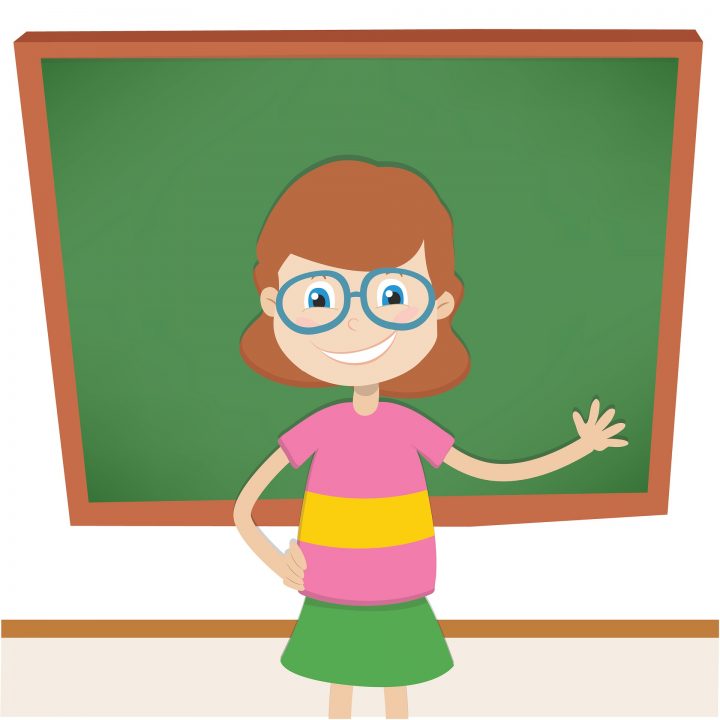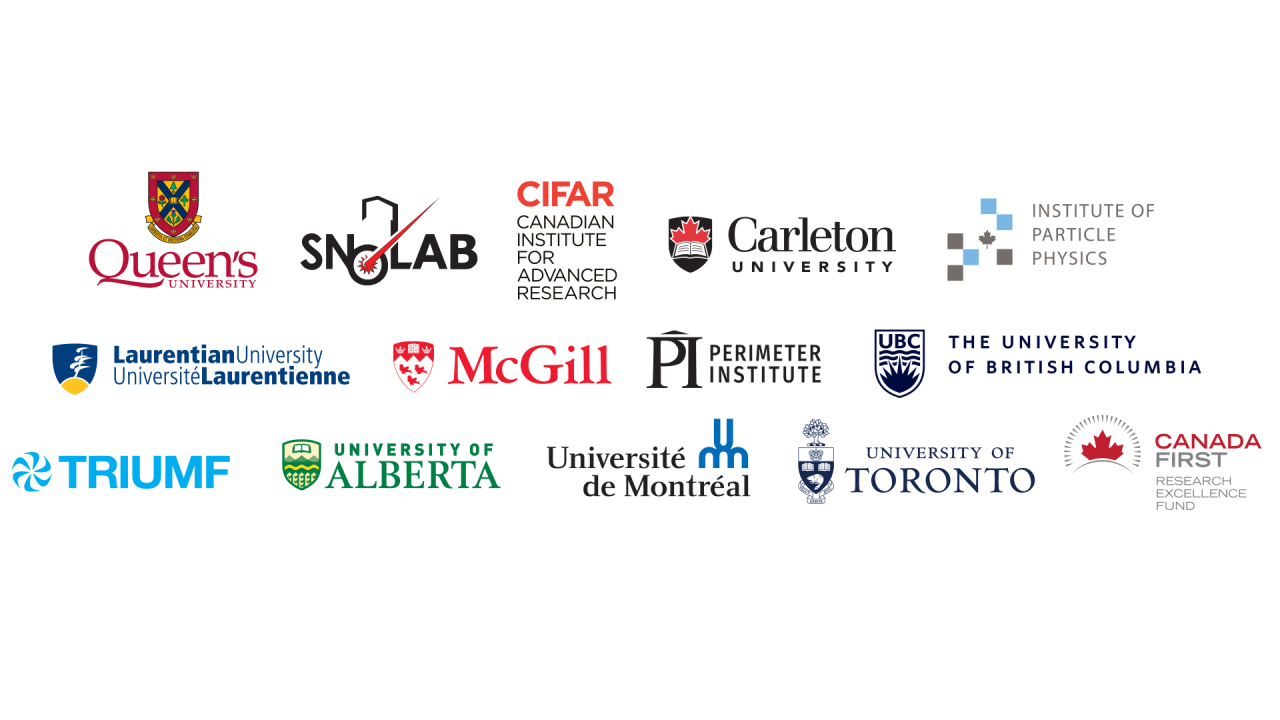Education Hub
Teacher Resources
We are continuously developing resources for students, teachers and classrooms. Previously these have taken the form of learning opportunities for students, and programs for connecting our scientists with classrooms. Moving forward we are developing kits and lesson plans for teachers, bringing our science content into the classrooms through the local science curricula. We also encourage you to give us your contact details and information about what types of resources would be the most useful for you, by going to this form.
Existing resources (all free!):

For Students
- Dark Matter Day Workshop: A half-day collection of activities and talks that introduces the evidence suggesting the existence of Dark Matter, how it could be detected, and the efforts underway at the McDonald Institute to detect dark matter. For Grade 11 & 12 Physics. This will tentatively be held in late October.
- Summer of Science Program: A summer program for middle school and high school students featuring two afternoons a week for six weeks, exploring the various sciences of the McDonald Institute through an inquiry approach. The focus is more on the process of doing science, rather than simple science content. The application period will open in late spring.
- IceCube Masterclass: A day-long exploration of the IceCube neutrino observatory, including conversations with scientists at IceCube in Antarctica. Held on a Saturday in April each year, the application window will open in February.

For teachers and classrooms
- Visitor Centre and McDonald Institute Lab tours: Bring your classroom to us. We provide tours through the McDonald Institute Visitor Centre, give information about the Institute, and provide tours of various labs in the Physics Department. We can also coordinate with the Queen’s Observatory, The Miller Geology Museum, the Museum of Health Care at Kingston, and the Agnes Etherington Art Centre. Please email Outreach@McDonaldInstitute.ca to arrange a tour.
- Scientist in the Classroom Program: Request a student, researcher, or professor to visit (physically or virtually) your classroom. Our scientists can speak to what to expect at University, the exciting research opportunities available to students, answer questions about their field, or anything else that you can imagine. We tailor these visits by working with the teachers, so no two visits are the same. Please email Outreach@McDonaldInstitute.ca to arrange for a scientist to come to your classroom.
- Programs for your classroom that incorporate your curriculum with modern physics and astronomy. See more below.
Classroom Programs
These classroom programs includes slides, activities, and teachers guides. Some are in collaboration with Let’s Talk Science. Please contact us at Outreach@McDonaldInstitute.ca to be sent the kit, including the teacher resource, and activity books for your students. Some kits are still being finished up, so we would greatly value the opportunity to test them with you and your classroom:
- How the Sun Shines: This kit focuses on the how the scientific process led to the model of nuclear fusion powering the sun. This model ran into an issue with scientific observations, called the Solar Neutrino Problem. This kit brings in elements of the Sudbury Neutrino Observatory (SNO) Masterclass, allowing your students to analyze real events and noise signals from the SNO library. Your students will correctly identify the desired signals in the detector (either electron neutrino or any neutrino) and filter out the unwanted background signals. As a result, your students will rediscover the Nobel Prize-winning result that neutrino flavours can change, and that neutrinos have mass. This kit, with variations fro grades from K-12, covers topics of energy and mass conservation, nuclear fusion, energy transport, particle physics, conservation of momentum, forces and dynamics, and the impact on society.
- Circular motion & Centripetal Force: Using the tension from elastic bands, your students will connect circular motion with centripetal acceleration. They will then connect the motion of an object with the attractor force felt by this object. As a result students will go through the same process that uncovered the existence of Dark Matter in the 1970’s.
- Drifting Together is a school science and art classroom activity that is part of the Drift Artist Residency that we ran with the Agnes Etherington Art Centre at Queen’s University and SNOLAB. Overcoming scientific challenges requires thinking of these problems in new ways, making connections that are often neglected. Scientific endeavours are also about understanding our place in the Universe and making meaning of existence. Both of these focuses are consistent with and demand engagement with art. Thus, Drift sponsored four international artists to visit the Nobel-prize winning SNOLAB facility and meet with scientists and engineers before making unique art pieces inspired by their residency. These pieces have been on display as a new exhibit at the Agnes since January 2021 and will shortly be travelling to other art galleries around Canada. We have developed and piloted components of the Drifting Together program that tie in to the digital content available with Drift. This includes an in-class activity where a science class and an arts class work together. We aim to make content and opportunities to get art students thinking about science in their art, and science students thinking about art in their science. This program emphasizes both Science and Art as a Practice. It is a resource for teachers covering scientific practices using McDonald Institute sciences, such as the Sudbury Neutrino Observatory (SNO) experiment, Dark Matter, new technologies, and more. This program focuses on innovation and the scientific method, using particle detection, the stand model of particle physics, the SNO experiment, and Dark Matter experiments as references. It is targeted towards grade 9 and 10 general science, and grade 11 and 12 chemistry, physics, and earth and space science. To register to access the Drifting Together resource, please complete this form: https://queensu.qualtrics.com/jfe/form/SV_a2x3PTEl9y4GNZY. Also, please check out our Drifting Together Gallery, here.
- Uncovering the Standard Model of Particle Physics: This kit takes your grade 12 physics class through time, looking at how the standard model was built up over the last 100+ years. By bringing in the physics from your class, students will see how this science leads to a more fundamental understanding of what makes up everything in the cosmos.

While we develop our own materials, we would like to recognize the wealth of resources from our partners and other institutes. We recommend you check out the following:
